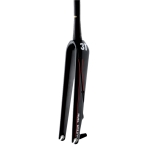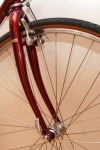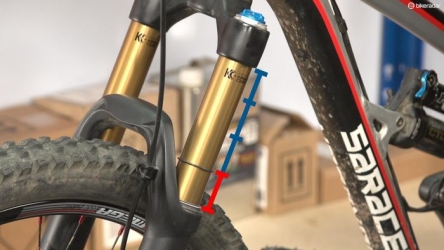Bike fork
fork Fixes, Reviews & Guides
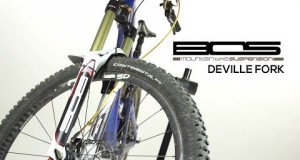
Review of BOS Deville Suspension Fork
Timing is everything, and if you ride mountain bikes in the United States, your time is now. Bos Suspension, ridden to multiple world championships in downhill, cross-country, and even rally car...
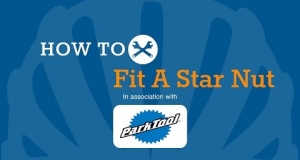
Properly Fit A Star Nut
The star nut is pressed into the steerer tube and allows the fork and headset components to be pulled into place in the frame’s head tube. If you have a new fork, or have just cut down the steerer...
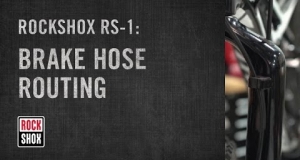
How to Route Brake Cable Hose on RockShox RS-1 Fork
RS-1 Brake Hose Routing:
Proper brake hose routing on the RS-1 is important to make sure your hose is not rubbing on your wheel or tire, and to make sure the brake hose is not damaging the...
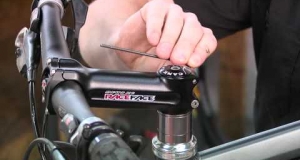
How to Install a Cane Creek Threadless Headset
The headset is a small, yet critical component that is often overlooked. In this video you’ll see how to service, adjust, and install your thread less headset.
For this, you will need a...

DIY Straighten a Bicycle Fork
A bent bicycle fork can happen in a number of ways - a bad wreck, a big bump, being backed over in the garage, etc. What's weird about these instances is that the bike can be bent in a split-...
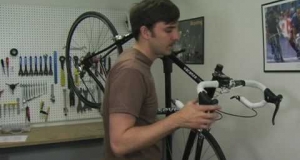
Install and Mount Wired Cycling Computer
We're going to go over how to install a basic wired bicycle computer. All you'll need is a third hand cable tightener and a pair of cutters. This particular computer users rubber...
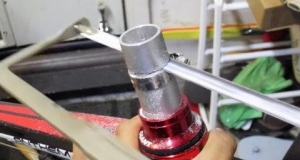
DIY Cut Bike Steer Tube and Tap Star Nut Down
I'm going to be trimming down my steer tube. I actually just thought this up on how to tap the star nut down without using an actual star nut tool. What I'm going to do is...
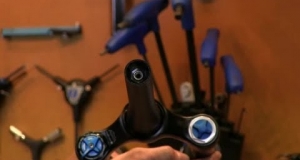
How to Install a Star Nut in a Bicycle Fork
I'm going to show you how to install a star nut into your bicycle fork.
Star Nut in Fork
In order to install the star nut straight into the...
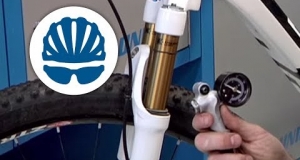
How to Set Up Mountain Bike Suspension Fork
Suspension on mountain bikes is a really important area, and with most suspension forks and rear shocks being air sprung, knowing exactly how to get the air into your fork and how much air should...
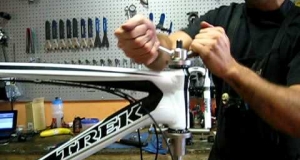
How to Install a Sealed Bearing Headset
A headset is basically the piece that holds the fork to the frame of a bike, thereby allowing for steering. A sealed bearing headset normally has a plastic or rubber gasket to protect the insides...
